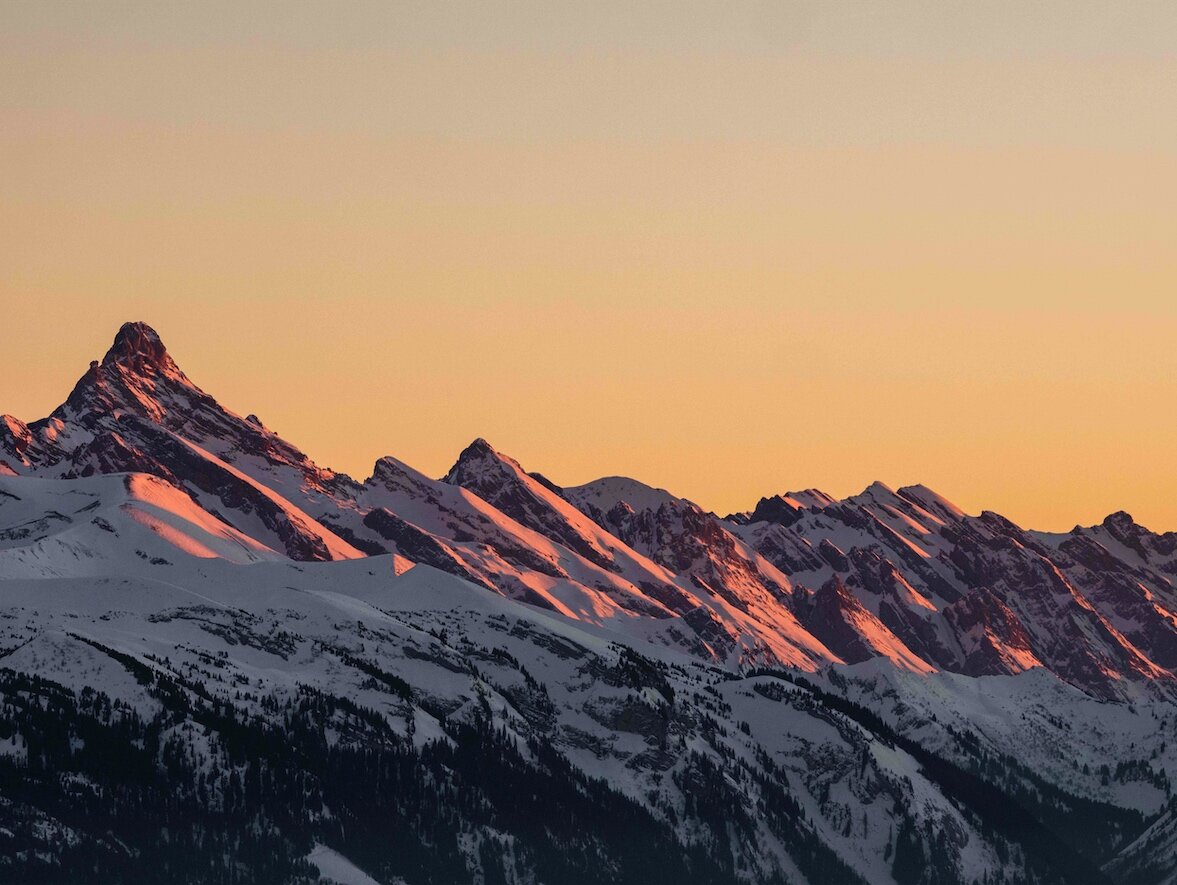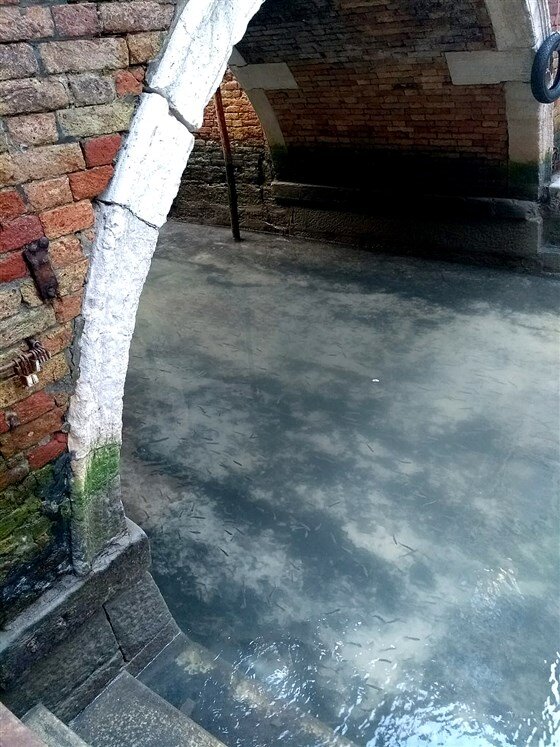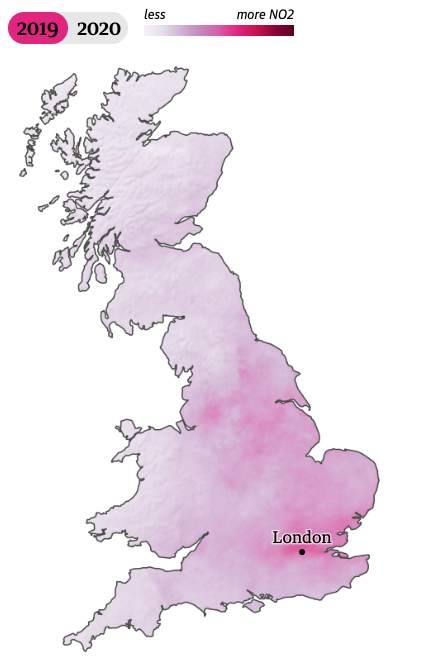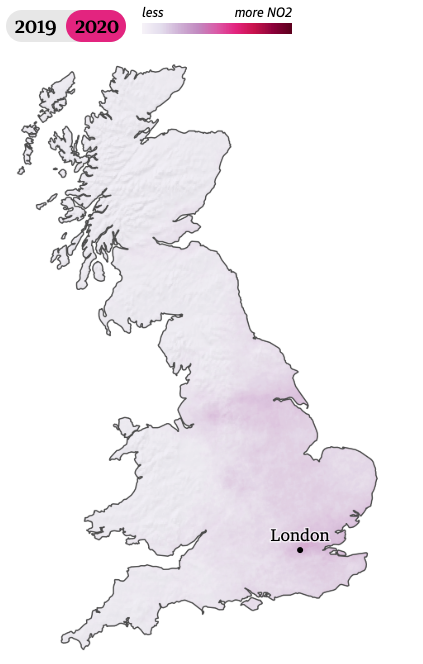The Climate Effects of Quarantine
Coronavirus, the great pause and the impact on the environment
@vincentromain
Amongst all the nastiness, there are a few rays of light. After weeks of hearing bad news, we thought it might be time to hear something positive.
Quarantine has had an inspiring effect on the natural world. After only a short period, the Earth is showing signs of amazing things in the absence of human pollution.
Here’s a few ways that the planet seems to be saying thankyou for staying at home.
Venice, Italy
Marco Capovilla / Venezia Pulita
In Venice, hundreds of canals have been emptied of speeding motorboat taxis, transport and tourist boats. The famous waterways are now clear enough, for the first time in 60 years, to see the river bed and shoals of fish, encouraging cormorants and ducks to return.
Punjab, India
The Himalayas are now visible from Pathankot, Punjab ( @parasrishi / Twitter )
India has seen a drastic reduction in pollution levels nationwide.
Smogs have cleared all over the country, allowing people in places like Jalandhar to see the Himalayan mountain range from the streets, for the first time in decades.
The air quality in the region, which sits more than 100 miles from the Himalayas, has been measured as "good" on the country's national index for 16 of the 17 days since the nationwide lockdown was announced.
The same 17-day period last year failed to register a single day of "good" air.
Beijing, China
Nitrogen dioxide emissions in January and February this year. Courtesy of NASA Earth Observatory
The cloud of nitrogen dioxide that was parked over China in January seemed to evaporate in February.
NASA scientists said that similar emissions reductions have been observed in other countries during economic disruptions but that the sharp decrease in air pollution in China during the quarantine period was especially rapid.
According to “conservative estimates” shared by Marshall Burke, a scientist from Stanford University, the reduction “likely has saved the lives of 4,000 kids under five and 73,000 adults over 70 in China.’’
London, UK
In the UK, roadside monitors show significantly reduced levels of pollution at hotspots such as Marylebone in London.
Road traffic accounts for about 80% of nitrogen oxide emissions in the UK.
For the average diesel car, each kilometre not driven avoids 52 milligrammes of the pollutant entering the air.
New York, USA
@TheJohnnyK Twitter
In a quiet New York, they say that you can hear the birds chirp in the middle of Madison Avenue. Data suggests that travel restrictions are having a significant impact.
Traffic levels in the city were estimated to be down 35% compared with a year ago. Emissions of carbon monoxide, mainly due to cars and trucks, have fallen by around 50% according to researchers at Columbia University.
They have also found that there was a 5-10% drop in CO2 over New York and a solid drop in methane as well.
"New York has had exceptionally high carbon monoxide numbers for the last year and a half," said Prof Róisín Commane, from Columbia University, who carried out the New York air monitoring work.
"And this is the cleanest I have ever seen it. It's is less than half of what we normally see in March."
Nara Park, Japan
Image credits: okadennis / Twitter.
Wildlife is returning to cities. That is the case in Nara Park, where the sika deer have entered the city, crossing streets and walking through subway stations, snacking on potted plants.
Llandudno, Wales
Credit: Andrew Stuart









